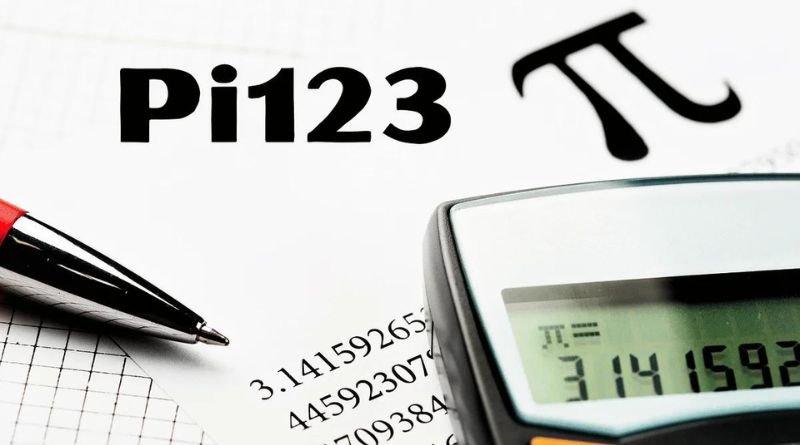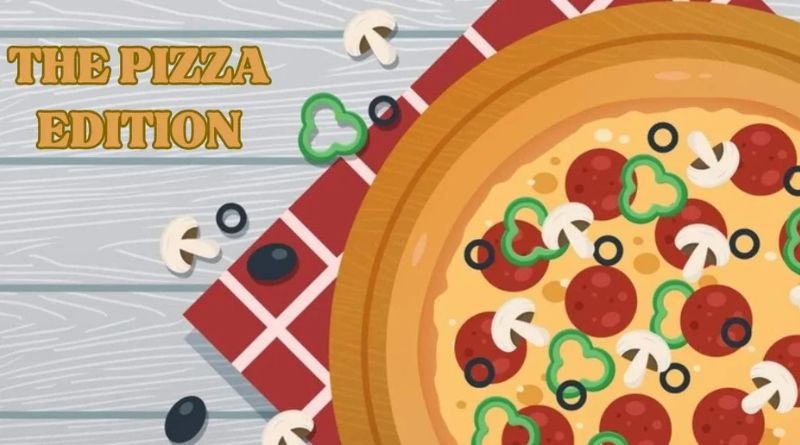In today’s digital age, the concept of “Pi123” has emerged in various contexts, sparking curiosity and interest. Whether you’ve encountered it in discussions about technology, mathematics, or as a part of a brand name, Pi123 can be a multifaceted topic. This article delves into the various meanings and implications of Pi123, offering insights into its origins, applications, and relevance in contemporary discussions.
Table of Contents
What is Pi123?
At its core, Pi123 can be interpreted in several ways, often depending on the context in which it appears. The term can be a playful combination of “pi,” the mathematical constant, and “123,” a simple numerical sequence. Here, we will explore its significance across different domains.
1. Pi: The Mathematical Constant
Pi (π) is one of the most famous constants in mathematics, approximately equal to 3.14159. It represents the ratio of a circle’s circumference to its diameter. Pi is an irrational number, meaning it cannot be expressed as a simple fraction, and its decimal representation goes on infinitely without repeating.
Applications of Pi:
- Geometry: Essential in calculations involving circles, such as area and circumference.
- Physics: Used in formulas related to waves, oscillations, and other phenomena.
- Engineering: Integral in design and analysis involving circular components.
2. The Significance of 123
The sequence “123” is universally recognized as a simple numerical series. In various fields, it can signify order, progression, or steps in a process.
Applications of 123:
- Counting and Enumeration: The most basic form of numerical representation.
- User Interfaces: Often used in tutorials to indicate steps (e.g., “Follow these steps: 1, 2, 3”).
- Programming: In coding, 123 can serve as a placeholder, variable name, or example for numerical data.
3. The Fusion: Pi123
Combining these two elements, Pi123 can symbolize a variety of concepts depending on context. It might represent:
- Educational Tools: A resource or platform combining mathematics (Pi) with structured learning or problem-solving (123).
- Branding: Companies might use Pi123 to suggest a tech-savvy, mathematical, or innovative approach.
- Creative Projects: Artists or writers may use the term as a whimsical title, drawing on the playful combination of numbers and concepts.
Exploring Applications of Pi123
Given its dual nature, Pi123 can have applications in several fields:
A. Education
In educational settings, Pi123 could refer to resources that simplify complex mathematical concepts for students. This could be in the form of:
- Interactive Learning Platforms: Websites or apps that gamify learning about circles and pi.
- Mathematics Competitions: Events that encourage students to engage with math in creative ways, perhaps under a name like Pi123 to capture interest.
B. Technology
In tech, Pi123 could represent:
- Software Development: Programs that utilize mathematical algorithms where pi is relevant, especially in fields like computer graphics or simulations.
- Data Visualization: Tools that help visualize mathematical concepts, making learning more engaging.
C. Marketing and Branding
In the business world, Pi123 can serve as a catchy brand name or product title that conveys innovation and creativity. For instance:
- Startups: New companies focused on tech or education might adopt the name to reflect a forward-thinking ethos.
- Merchandising: Products aimed at students or educators that emphasize math-related themes.
D. Popular Culture
The playful nature of Pi123 makes it suitable for creative expressions in literature, music, and art. Artists might use the concept to challenge traditional norms, perhaps creating pieces that reflect the infinite nature of pi alongside the simplicity of sequential numbers.
Challenges and Considerations
While Pi123 has several appealing aspects, it’s essential to recognize potential challenges:
1. Misinterpretation
The fusion of pi and 123 can be confusing. Without context, individuals might misinterpret its meaning. Effective communication about its significance is crucial, especially in educational and professional settings.
2. Over-Simplification
In educational contexts, there’s a risk of oversimplifying mathematical concepts when using catchy terms like Pi123. It’s vital to ensure that learners still grasp the underlying principles and complexities of mathematics.
FAQs About Pi123
Q1: Is Pi123 a mathematical term?
A1: No, Pi123 is not an established mathematical term but rather a combination of the mathematical constant pi and the sequence 123, often used in various contexts to convey different meanings.
Q2: How can Pi123 be used in education?
A2: Pi123 can be used as a name for educational resources, platforms, or competitions that aim to engage students in learning mathematics, particularly concepts related to circles and pi.
Q3: Can Pi123 represent a brand?
A3: Yes, Pi123 can be an appealing brand name, especially for companies focused on technology or education, suggesting innovation and a mathematical approach to problem-solving.
Q4: Is there a cultural significance to Pi123?
A4: While Pi123 itself doesn’t hold specific cultural significance, its components—pi and the simple sequence 123—are widely recognized and can be leveraged creatively in art, literature, and popular culture.
Q5: What are the potential drawbacks of using Pi123?
A5: Potential drawbacks include the risk of misinterpretation and oversimplification of complex mathematical concepts, which could hinder deeper understanding among learners.
Conclusion
Pi123 serves as a fascinating intersection of mathematics, education, technology, and culture. While it may not be a formal term in mathematical literature, its components have significant implications across various fields. By understanding its potential uses and challenges, educators, entrepreneurs, and creatives can leverage Pi123 to inspire curiosity and engagement. As we continue to navigate an increasingly digital and interconnected world, the playful yet profound nature of concepts like Pi123 can open doors to innovative thinking and learning.



